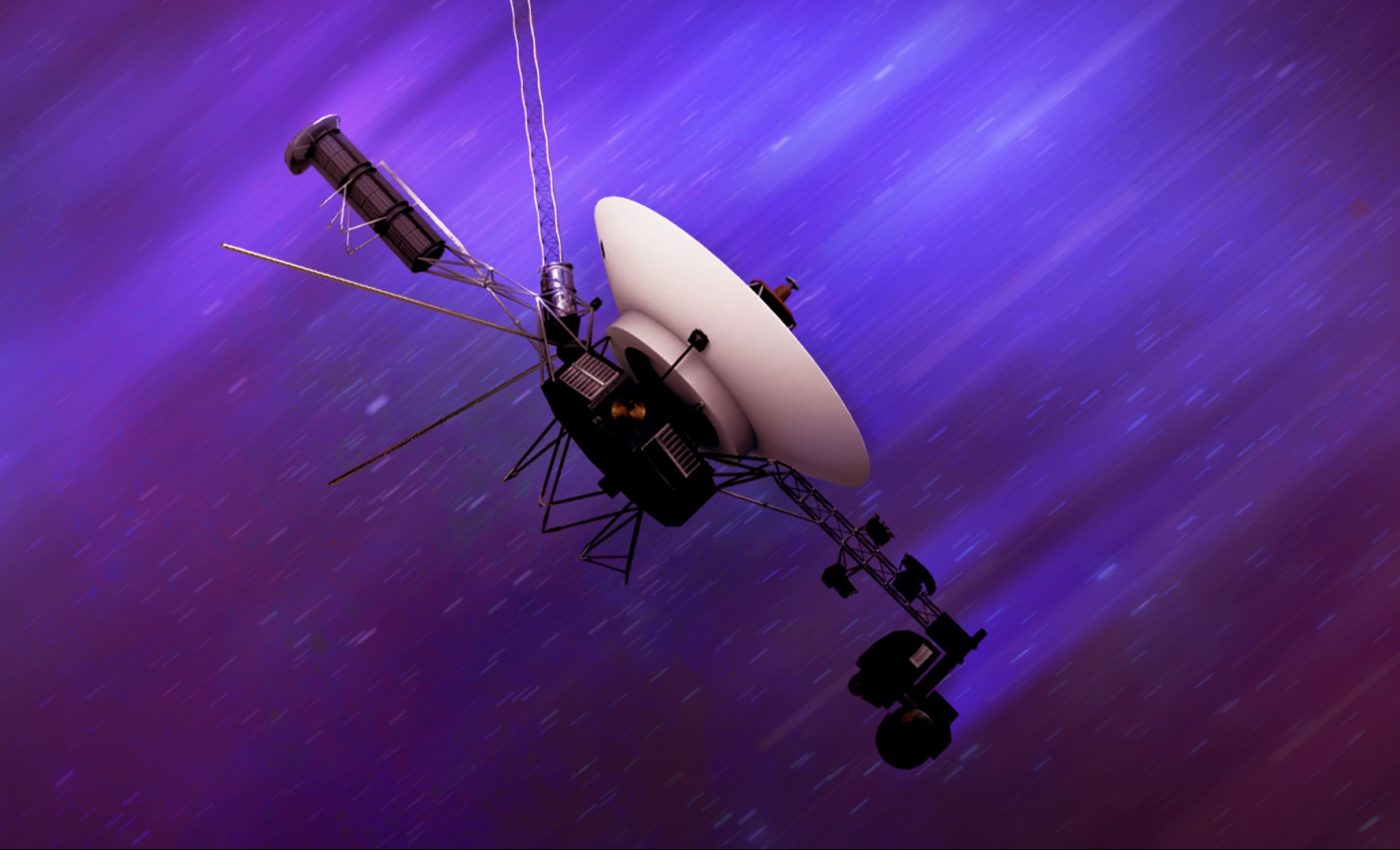
Voyager 1's thrusters brought back to life after 21 years
Nearly half a century after its launch, NASA’s Voyager 1 has pulled off another feat of longevity.
A team of researchers has reawakened a quartet of roll thrusters that went silent in 2004, restoring a crucial backup system just months before the only Earth antenna capable of sending Voyager commands goes offline for major upgrades.
The rescue, led by the Jet Propulsion Laboratory (JPL), required forensic electronics work, split-second timing, and a dash of nerve – but the payoff could keep humanity’s most distant spacecraft talking to Earth for years to come.
Voyager 1’s roll thrusters
Voyager 1, launched in 1977 and now more than 15 billion miles away, relies on thrusters to nudge its 12-foot antenna toward our planet. Among them is a special subset that controls “roll” – the rotation you’d see if you spun the spacecraft the way a record turns on a turntable.
Roll keeps Voyager’s star tracker locked on a guide star; without that pinpoint reference, communications falter. Each Voyager carries a set of primary roll thrusters and an identical backup set.
Voyager 1’s primaries stopped firing in 2004 when two tiny heater circuits lost power, preventing the hydrazine fuel from staying warm enough to ignite. Engineers wrote them off and switched to the backups, confident they would last the few remaining years they thought the mission had left.
“I think at that time, the team was OK with accepting that the primary roll thrusters didn’t work, because they had a perfectly good backup,” noted Kareem Badaruddin, Voyager mission manager at JPL. “And, frankly, they probably didn’t think the Voyagers were going to keep going for another 20 years.”
But time crawled on, and a new threat appeared: residual deposits in the hydrazine feed lines began clogging the backup thrusters. Left unchecked, the buildup could choke them as early as autumn 2025. The mission needed another option, and that meant revisiting the “dead” thrusters.
Diagnosing a 20-year-old malfunction
Over months, JPL engineers dug into telemetry archives and wiring diagrams. They now suspect the heaters themselves never failed; instead, a glitch in the power-distribution circuitry may have flipped an internal switch, cutting electricity to the units.
If the team could send a carefully crafted command sequence to reset that switch, the heaters – and the thrusters – might live again.
The maneuver carried risk: as soon as heaters came back, the onboard software could interpret the roll attitude as out of tolerance and trigger an immediate thruster pulse. If that happened before fuel lines warmed, a small explosion was possible.
Flight controllers therefore had to point the star tracker with razor-sharp precision, minimizing any need for instant firing during the warm-up.
Communication capacity in deep space
An additional deadline loomed. On May 4, 2025, NASA began a ten-month overhaul of Deep Space Station 43 (DSS-43), the 70-meter dish in Canberra, Australia.
DSS-43 is the only antenna with enough transmitting power to communicate with the Voyagers; when it is mostly offline, mission ops must make do with short command windows in August and December.
Suzanne Dodd is the Voyager project manager and head of NASA’s Interplanetary Network.
“These antenna upgrades are important for future crewed lunar landings, and they also increase communications capacity for our science missions in deep space, some of which are building on the discoveries Voyager made,” said Dodd.
Still, the downtime meant Voyager 1 had to regain its lost thrusters before May or risk flying blind until 2026.
Twenty-three hours of suspense
Commands left Earth on 19 March. They would need 23 hours to cross interstellar space at light speed; Voyager’s response would require another 23 hours to get back.
On 20 March, the operations room lit up as telemetry lines revived. Within minutes, engineers saw a temperature spike in the heater sensors – exactly what they had hoped for.
“It was such a glorious moment. Team morale was very high that day,” said Todd Barber, propulsion lead at JPL.
“These thrusters were considered dead. And that was a legitimate conclusion. It’s just that one of our engineers had this insight that maybe there was this other possible cause and it was fixable. It was yet another miracle save for Voyager.”
What the revival means
The restored primaries will not replace the partially clogged backups immediately; instead, they provide redundancy should the backups fail during the Canberra outage.
If both sets eventually succumb to clogging, Voyager can still use a third group – trajectory-correction thrusters last employed during its planetary flybys – but those cannot perform roll control. By reviving the original roll pair, the team retains every possible option.
Voyager 1 and its twin, Voyager 2, continue to return data on cosmic rays, magnetic fields, and plasma density at the frontier of interstellar space.
Each byte depends on precise antenna pointing, itself dependent on thrusters designed a long time ago. That they still answer the call reflects not only durable engineering but also the determination of the people tending them.
Perseverance of Voyager 1 thrusters
With power dwindling and instruments shutting down one by one, both Voyagers are on borrowed time. Yet each time a new hurdle emerges – whether frozen hydrazine or a communications blackout – engineers find a workaround.
Their latest triumph keeps an aging explorer alive and embodies the mission’s ethos: never assume a component is beyond saving until every possibility has been exhausted.
As Voyager 1 presses onward, its revived thrusters stand as a reminder that in space exploration, small victories can yield vast horizons – sometimes 15 billion miles wide.
The research was published by NASA.
Image credit: NASA/JPL-Caltech
—–
Like what you read? Subscribe to our newsletter for engaging articles, exclusive content, and the latest updates.
Check us out on EarthSnap, a free app brought to you by Eric Ralls and Earth.com.
—–













